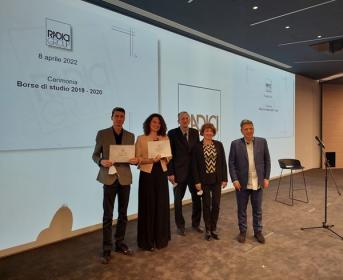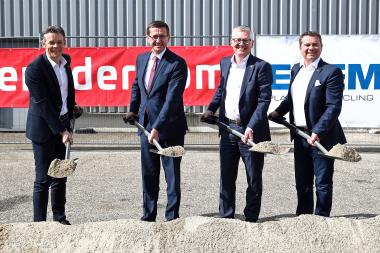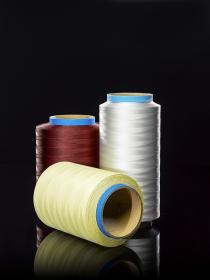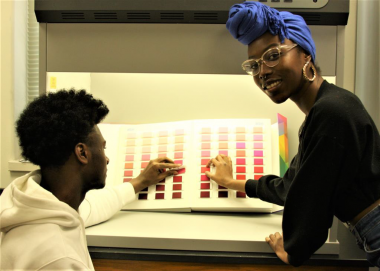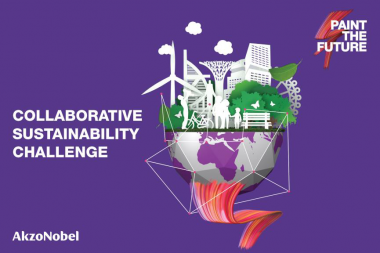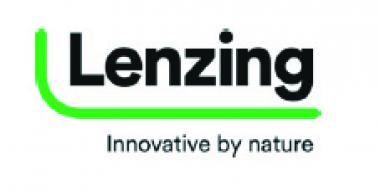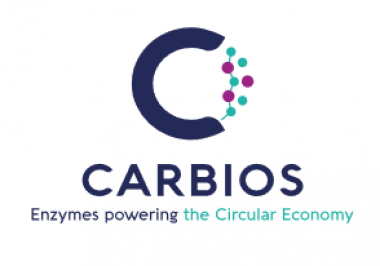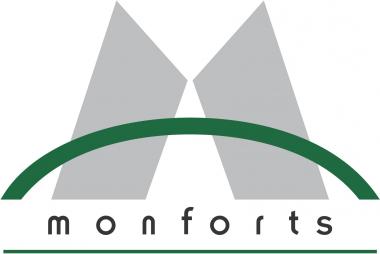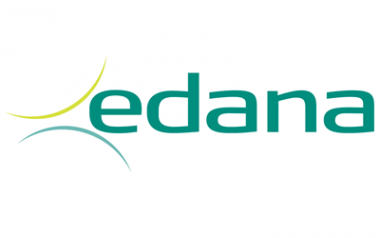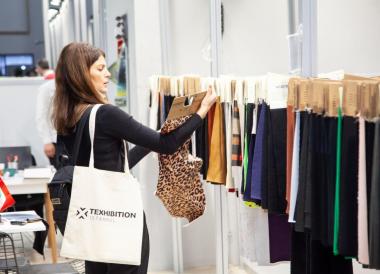RadiciGroup: Scholarships awarded to the children of employees
A ceremony was held at the headquarters of Confindustria Bergamo, the Bergamo association of manufacturing and service companies, where scholarships were awarded to the sons and daughters of RadiciGroup employees who graduated from university during the years 2019 and 2020.
More than 40 young graduates were presented scholarships by Angelo, Maurizio and Paolo Radici, the Group’s shareholders: “We wish you a very satisfying professional career that will also contribute to your personal growth. The professional world of work needs your enthusiasm, energy and dynamism. Choose what you like to do, because only in this way can you best express yourself and contribute to the growth of the society in which we all live.”
The scholarships were awarded to students who received honours degrees in many different specializations: mathematics, business, economics, foreign languages, communication and various engineering fields. Two “student workers” – Group colleagues connected remotely from Brazil and China – who graduated with university degrees and met the scholarship eligibility requirements.
The host of the ceremony was Francesca Dubbini, vice president for education of the Young Entrepreneurs Group of Confindustria Bergamo, who stressed the importance of combining education with experience in the field. The students were also able to visit Joiint Lab and SMILE, laboratories at the Confindustria headquarters established with the goal of creating synergies between the world of research and industry.
RadiciGroup
RadiciGroup


